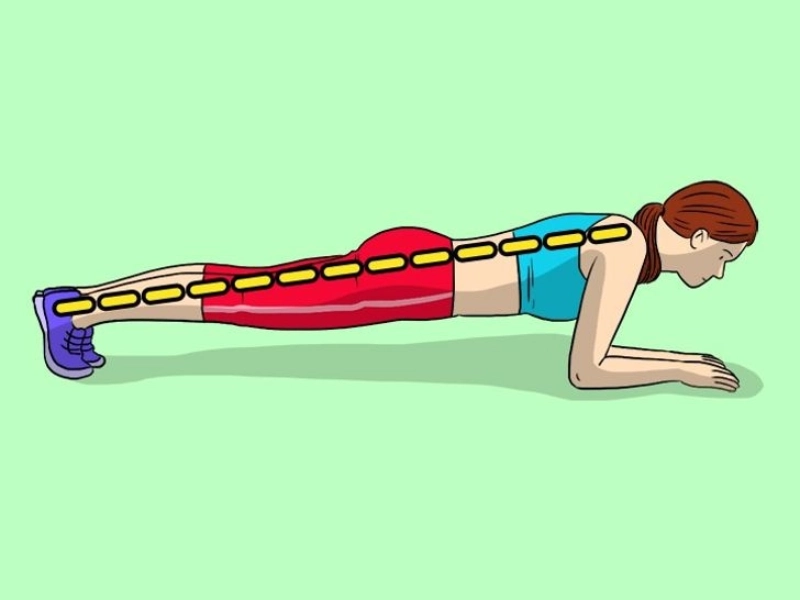9 Exercises You’d Better Avoid If You Dream of Having a Feminine Body
Advertisement
Put the plank in its place.

Advertisement
Instead of side bends or lateral flexion exercises that can potentially thicken the oblique muscles and widen the waistline, the plank exercise is an excellent alternative to help achieve a flat and toned midsection.
The plank is a simple yet highly effective exercise that engages the entire core, including the rectus abdominis (the "six-pack" muscles), the transverse abdominis (the deepest abdominal muscle), and the obliques. Here's how to perform the plank correctly:
1. Start by lying face down on the floor, resting on your forearms and toes. Engage your core muscles by tightening your abdominal area.
2. Raise your body off the floor, forming a straight line from your heels to your head. Your body should be parallel to the ground, supported by your forearms and toes.
3. Keep your abdominal muscles tight and avoid arching your back or sagging your hips.
4. Hold this plank position for as long as you can maintain proper form, aiming for at least 30 seconds to one minute as you build endurance.
The plank is an isometric exercise that challenges your core muscles to maintain a rigid and stable position, promoting strength, endurance, and muscle tone in the midsection area. As you progress, you can increase the difficulty by holding the plank for longer durations or trying variations like the side plank or plank with leg raises.
The plank exercise is convenient and can be performed anywhere, making it an accessible choice for both home and gym workouts. Additionally, it does not require any equipment, making it a cost-effective option for those seeking to strengthen their core muscles.
Incorporating the plank exercise into your routine, along with a balanced exercise program and a nutritious diet, can help you achieve a strong, flat, and defined midsection without the risk of overdeveloping the oblique muscles and widening the waistline.
Advertisement
You May Like

